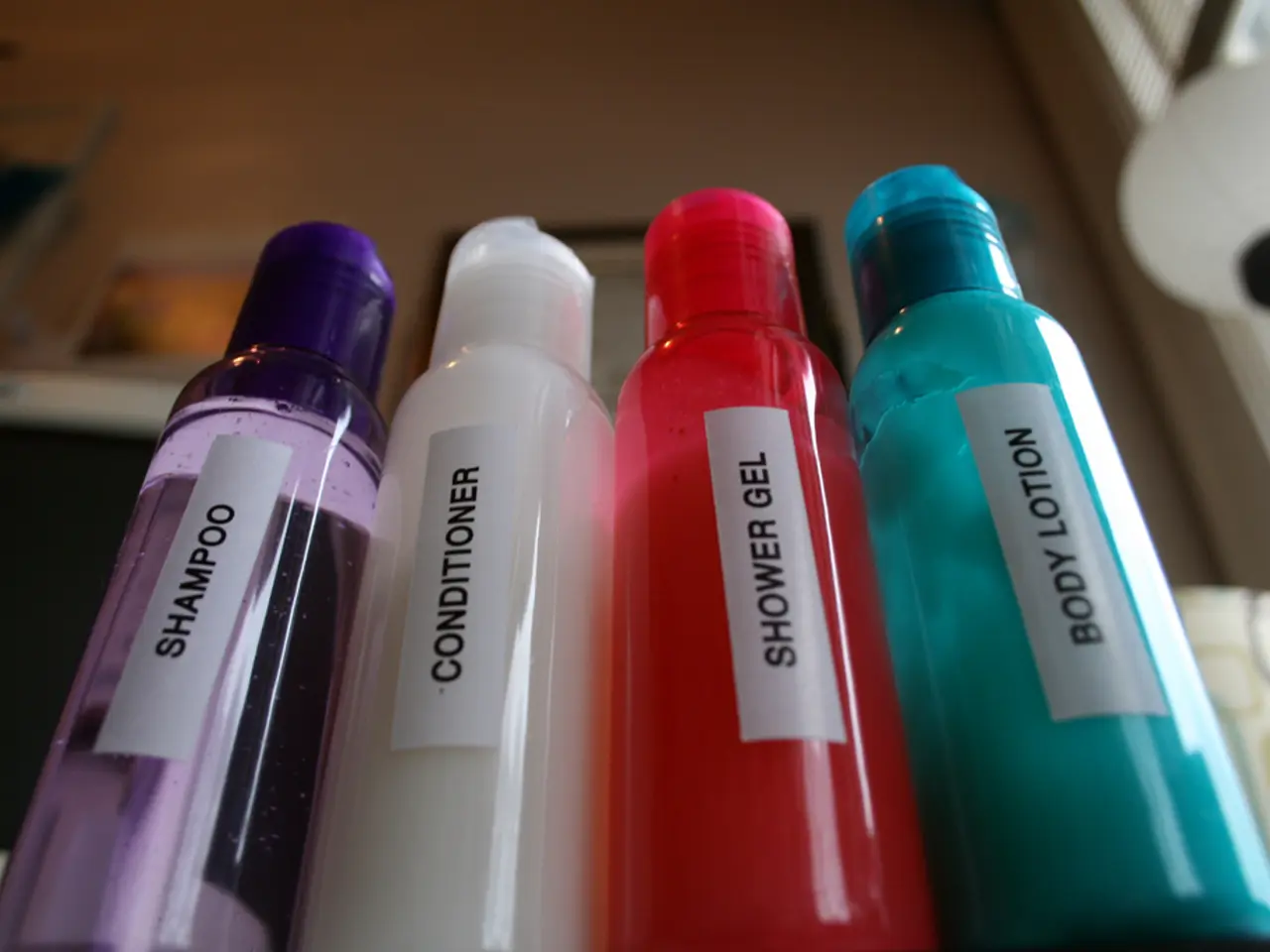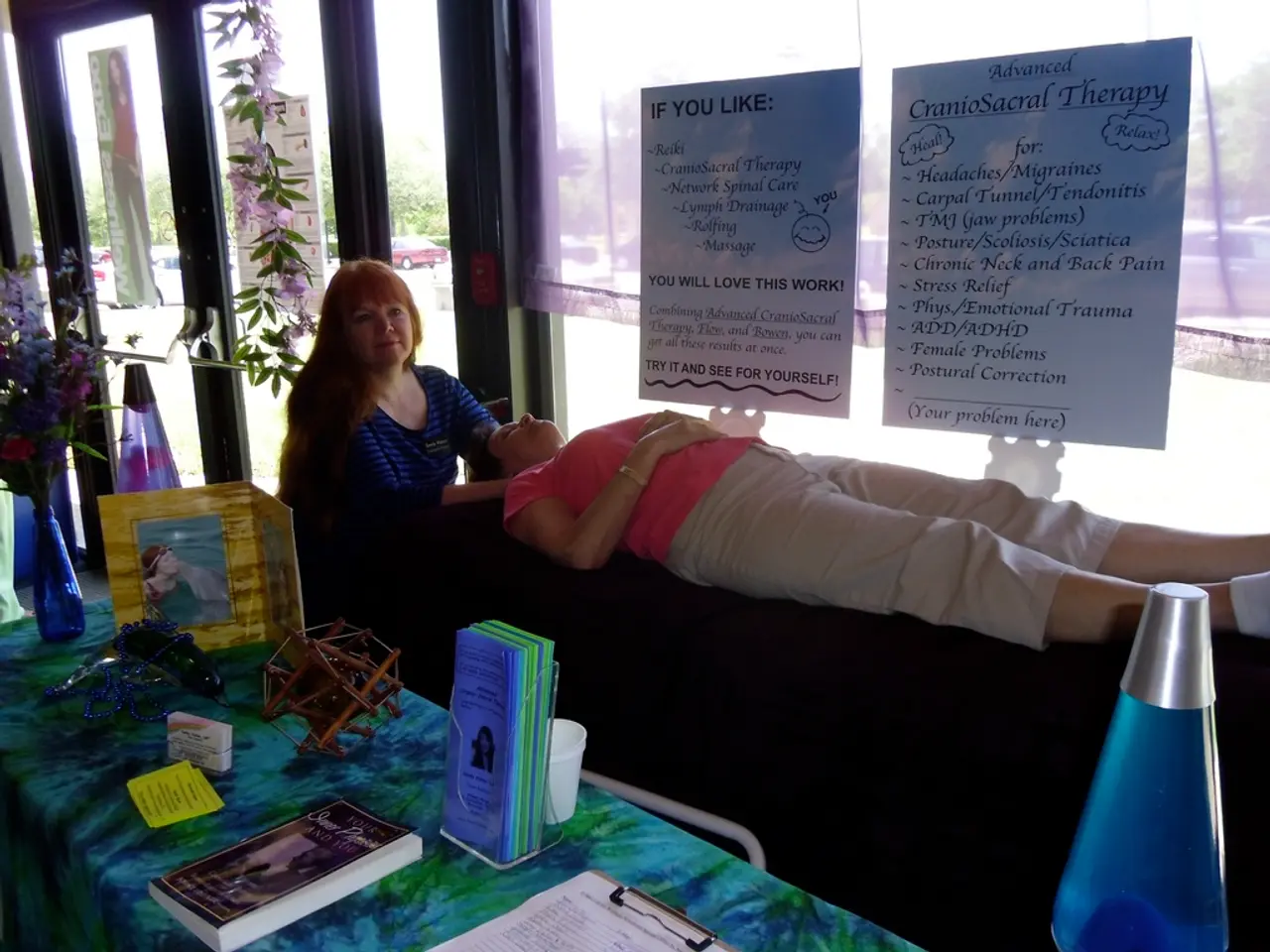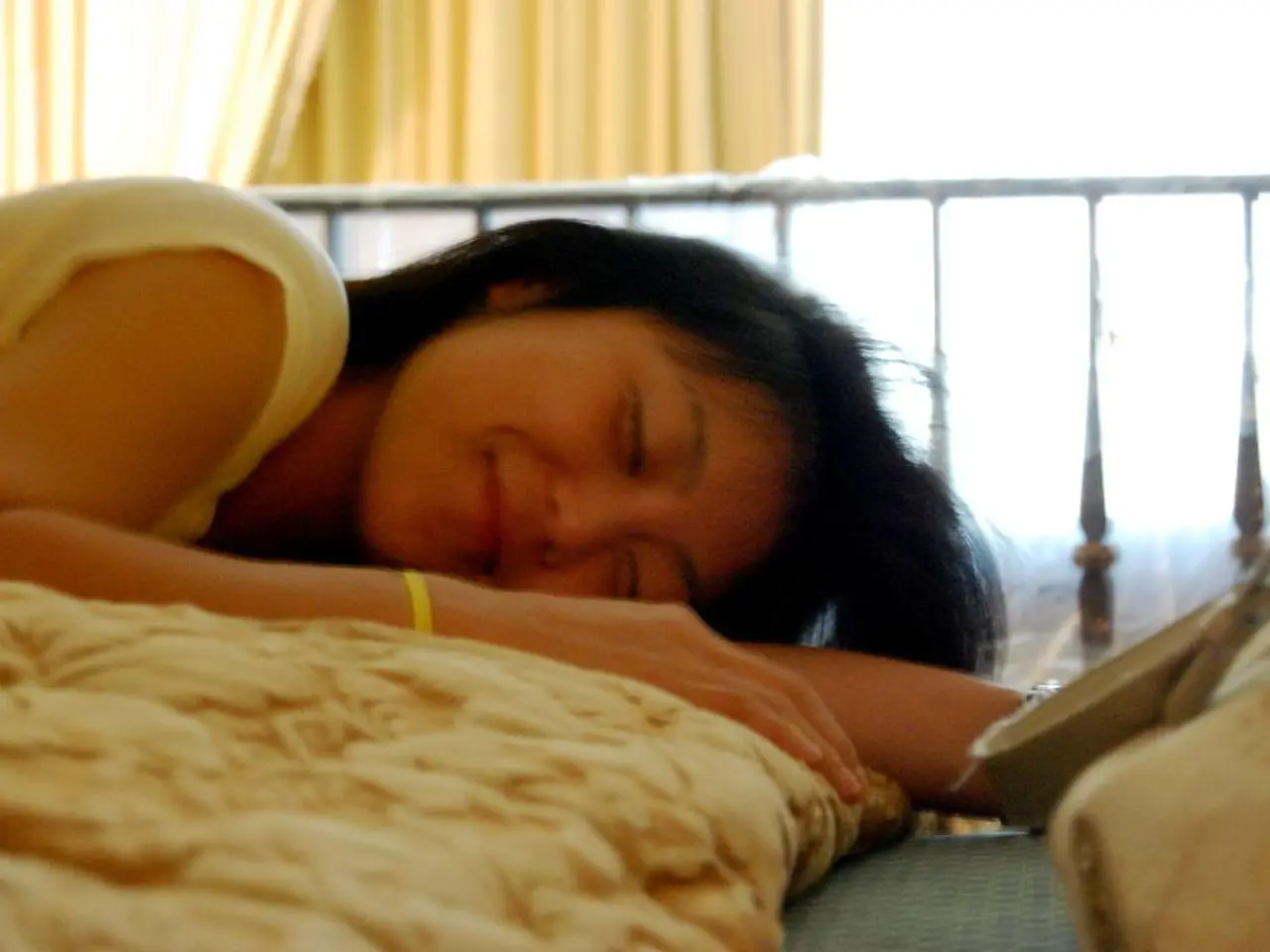Reducing a Cystic Acne Lesion in Three Key Steps
Cystic acne, a severe form of acne that affects the deep layers of the skin, can be challenging to manage. However, with the right combination of treatments, it is possible to achieve long-term remission.
The most effective long-term management typically involves a combination of oral treatments and topical applications. Oral isotretinoin (Accutane) is a systemic treatment that targets severe cystic acne by shrinking sebaceous glands, reducing oil production, and preventing clogged pores. About two-thirds of users experience long-term remission after treatment, but close medical monitoring is necessary due to potential serious side effects.
Topical retinoids, such as tretinoin and adapalene, promote faster skin cell turnover to prevent clogged pores and are used daily, often as maintenance after initial clearing. They help maintain long-term control of acne when continued less frequently after an initial course. Mild irritation is common, and they are contraindicated in pregnancy.
Oral antibiotics, like doxycycline, are used short-term to reduce inflammation and bacteria, often combined with topical retinoids for longer-term management. However, antibiotics are not a long-term solution because acne can return after stopping them.
For women, hormonal treatments like birth control pills containing a combination of norgestimate and ethinyl estradiol or anti-androgens like spironolactone can reduce acne by regulating hormones that increase oil production. These can be effective in preventing recurrence but carry risks such as blood clots and hypertension.
Light and laser therapies, such as phototherapy and chemical peels, target acne-causing bacteria and reduce sebum production by damaging sebaceous glands. Their safety and effectiveness are less well established and somewhat controversial but may be used as adjuncts.
In addition to these treatments, wearing facial sunscreen every day is important while undergoing acne treatment, as many acne treatments increase the skin's sensitivity to UV light.
It is essential to note that cystic acne can lead to acne scars, particularly if the acne is advanced and has continued for a long time. Therefore, regular dermatologist follow-up is critical to tailor treatment and monitor side effects.
Dermatologists can successfully treat almost any case of cystic acne, and treatment can take 2 to 3 months to show improvement. Simple measures like using a warm compress on a pimple for 10 to 15 minutes, three times daily, can help bring it closer to the surface and promote healing.
In conclusion, the most effective long-term management typically involves a combination of oral isotretinoin or hormonal treatments (in appropriate candidates) plus consistent use of topical retinoids to prevent clogged pores and maintain remission. Antibiotics are usually reserved for short-term flare control and are combined with these longer-term therapies to reduce relapse risk. Regular dermatologist follow-up is critical to tailor treatment and monitor side effects.
- Predictive analysis in dermatology shows that time and appropriate treatment can mitigate the degeneration from cystic acne, leading to less severe cases of nsclc and reduced appearance of scars as one ages.
- Aq-based health-and-wellness products, such as moisturizers and sunscreens, can be beneficial in managing the side effects of treatments and promoting skin care.
- Depression can occur in acne patients, and it is essential to pay attention to mental health while undergoing treatment for cystic acne.
- Type 2 diabetes and macular degeneration are potential health issues linked to developing cystic acne, emphasizing the need for ongoing science-backed research and preventive care.
- Oral treatments like oral isotretinoin, antibiotics, and hormonal therapies have their benefits, while carrying risks like potential side effects or increased sensitivity to sun exposure, necessitating caution and careful monitoring.
- In the field of health-and-wellness and skin care, understanding the science behind cystic acne and its treatment can empower individuals to seek effective long-term solutions for skin issues.
- While cystic acne may impact one's physical appearance and self-confidence, seeking guidance from a dermatologist and consistently following the treatment plan can help achieve long-term remission and improve overall health and well-being.




